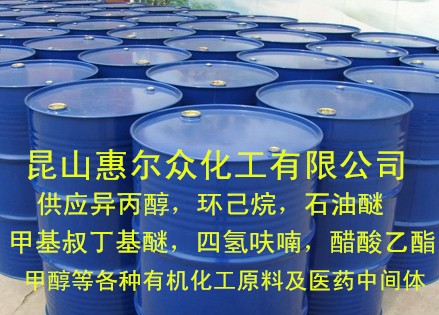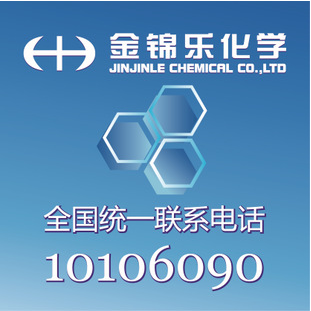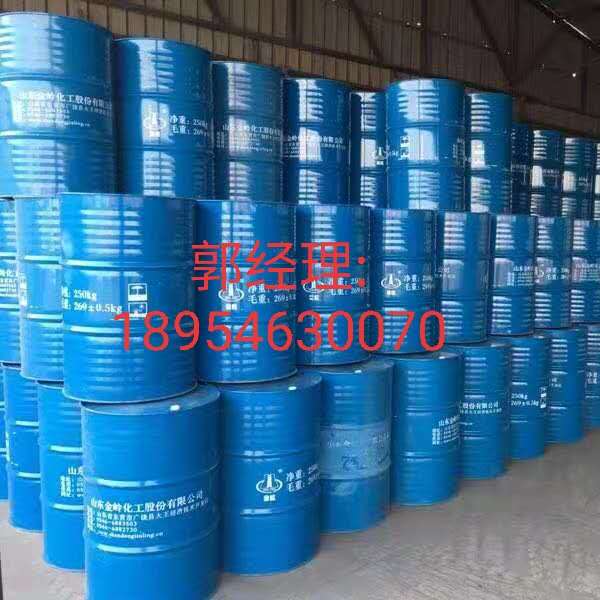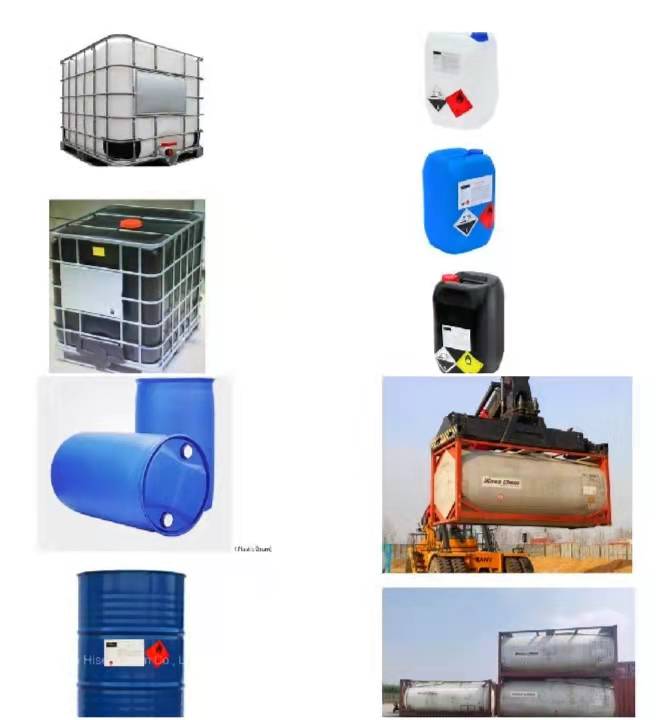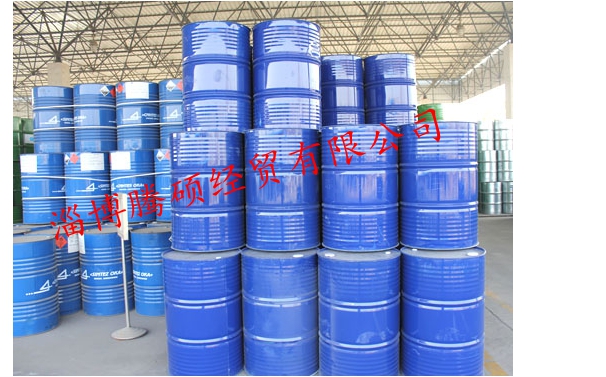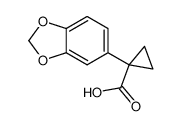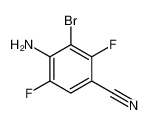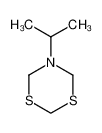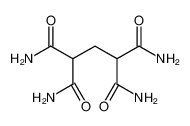| Product name | dichloromethane |
|---|
| Product number | - |
|---|---|
| Other names | Methane,dichloro |
| Identified uses | For industry use only. Pesticides (chemicals used for killing pests, such as rodents, insects, or plants) |
|---|---|
| Uses advised against | no data available |
| Company | MOLBASE (Shanghai) Biotechnology Co., Ltd. |
|---|---|
| Address | Floor 4 & 5, Building 12, No. 1001 North Qinzhou Road, Xuhui District, Shanghai, China |
| Telephone | +86(21)64956998 |
| Fax | +86(21)54365166 |
| Emergency phone number | +86-400-6021-666 |
|---|---|
| Service hours | Monday to Friday, 9am-5pm (Standard time zone: UTC/GMT +8 hours). |
Carcinogenicity, Category 2
2.2 GHS label elements, including precautionary statements| Pictogram(s) |  |
|---|---|
| Signal word | Warning |
| Hazard statement(s) | H351 Suspected of causing cancer |
| Precautionary statement(s) | |
| Prevention | P201 Obtain special instructions before use. P202 Do not handle until all safety precautions have been read and understood. P280 Wear protective gloves/protective clothing/eye protection/face protection. |
| Response | P308+P313 IF exposed or concerned: Get medical advice/ attention. |
| Storage | P405 Store locked up. |
| Disposal | P501 Dispose of contents/container to ... |
none
3.Composition/information on ingredients 3.1 Substances| Chemical name | Common names and synonyms | CAS number | EC number | Concentration |
|---|---|---|---|---|
| dichloromethane | dichloromethane | 75-09-2 | none | 100% |
Consult a physician. Show this safety data sheet to the doctor in attendance.
If inhaledFresh air, rest. Artificial respiration may be needed. Refer immediately for medical attention.
In case of skin contactRemove contaminated clothes. Rinse and then wash skin with water and soap.
In case of eye contactFirst rinse with plenty of water for several minutes (remove contact lenses if easily possible), then refer for medical attention.
If swallowedRinse mouth. Do NOT induce vomiting. Refer for medical attention .
4.2 Most important symptoms/effects, acute and delayedINHALATION: anesthetic effects, nausea and drunkenness. CONTACT WITH SKIN AND EYES: skin irritation, irritation of eyes and nose. (USCG, 1999)
4.3 Indication of immediate medical attention and special treatment needed, if necessaryImmediate first aid: Ensure that adequate decontamination has been carried out. If patient is not breathing, start artificial respiration, preferably with a demand-valve resuscitator, bag-valve-mask device, or pocket mask, as trained. Perform CPR as necessary. Immediately flush contaminated eyes with gently flowing water. Do not induce vomiting. If vomiting occurs, lean patient forward or place on left side (head-down position, if possible) to maintain an open airway and prevent aspiration. Keep patient quiet and maintain normal body temperature. Obtain medical attention. /Chlorinated fluorocarbons (CFCs) and related compounds/
5.Fire-fighting measures 5.1 Extinguishing media Suitable extinguishing mediaUse dry chemical, carbon dioxide, foam, or water spray. Use water spray to keep fire-exposed containers cool.
5.2 Specific hazards arising from the chemicalSpecial Hazards of Combustion Products: Dissociation products generated in a fire may be irritating or toxic. (USCG, 1999)
5.3 Special protective actions for fire-fightersWear self-contained breathing apparatus for firefighting if necessary.
6.Accidental release measures 6.1 Personal precautions, protective equipment and emergency proceduresUse personal protective equipment. Avoid dust formation. Avoid breathing vapours, mist or gas. Ensure adequate ventilation. Evacuate personnel to safe areas. Avoid breathing dust. For personal protection see section 8.
6.2 Environmental precautionsPersonal protection: self-contained breathing apparatus. Ventilation. Collect leaking and spilled liquid in sealable containers as far as possible. Absorb remaining liquid in sand or inert absorbent. Then store and dispose of according to local regulations.
6.3 Methods and materials for containment and cleaning upSoak up with inert absorbent material and dispose of as hazardous waste. Keep in suitable, closed containers for disposal.
7.Handling and storage 7.1 Precautions for safe handlingAvoid contact with skin and eyes. Avoid formation of dust and aerosols. Avoid exposure - obtain special instructions before use.Provide appropriate exhaust ventilation at places where dust is formed. For precautions see section 2.2.
7.2 Conditions for safe storage, including any incompatibilitiesSeparated from strong oxidants, strong bases, metals and food and feedstuffs. See Chemical Dangers. Cool. Well closed. Ventilation along the floor.Keep container tightly closed in a dry and well-ventilated place. Containers which are opened must be carefully resealed and kept upright to prevent leakage. Heat sensitive. Store under inert gas.
8.Exposure controls/personal protection 8.1 Control parameters Occupational Exposure limit valuesNIOSH considers methylene chloride a potential occupational carcinogen.
NIOSH usually recommends that occupational exposures to carcinogens be limited to the lowest feasible concentration.
Biological limit valuesno data available
8.2 Appropriate engineering controlsHandle in accordance with good industrial hygiene and safety practice. Wash hands before breaks and at the end of workday.
8.3 Individual protection measures, such as personal protective equipment (PPE) Eye/face protectionSafety glasses with side-shields conforming to EN166. Use equipment for eye protection tested and approved under appropriate government standards such as NIOSH (US) or EN 166(EU).
Skin protectionWear impervious clothing. The type of protective equipment must be selected according to the concentration and amount of the dangerous substance at the specific workplace. Handle with gloves. Gloves must be inspected prior to use. Use proper glove removal technique(without touching glove's outer surface) to avoid skin contact with this product. Dispose of contaminated gloves after use in accordance with applicable laws and good laboratory practices. Wash and dry hands. The selected protective gloves have to satisfy the specifications of EU Directive 89/686/EEC and the standard EN 374 derived from it.
Respiratory protectionWear dust mask when handling large quantities.
Thermal hazardsno data available
9.Physical and chemical properties| Physical state | A colorless liquid with a sweet, penetrating, ether-like odor |
|---|---|
| Colour | Colorless liquid [Note: A gas above 104 degrees F] |
| Odour | Sweet, pleasant odor, like chloroform |
| Melting point/ freezing point | -97ºC |
| Boiling point or initial boiling point and boiling range | 39.8-40°C(lit.) |
| Flammability | Combustible LiquidCombustible under specific conditions. Gives off irritating or toxic fumes (or gases) in a fire. |
| Lower and upper explosion limit / flammability limit | Lower flammable limit: 13% by volume; Upper flammable limit: 23% by volume |
| Flash point | 39-40ºC |
| Auto-ignition temperature | 661.67°C |
| Decomposition temperature | no data available |
| pH | no data available |
| Kinematic viscosity | 0.437 mPa.s at 20°C |
| Solubility | In water:20 g/L (20 ºC) |
| Partition coefficient n-octanol/water (log value) | log Kow = 1.25 |
| Vapour pressure | 24.45 psi ( 55 °C) |
| Density and/or relative density | 1.325g/mLat 25°C(lit.) |
| Relative vapour density | 2.9 (vs air) |
| Particle characteristics | no data available |
no data available
10.2 Chemical stabilityIn the absence of moisture at ordinary temp, dichloromethane is relatively stable when compared with its congeners, chloroform and carbon tetrachloride.
10.3 Possibility of hazardous reactionsIt is flammable in the range of 12-19% in air but ignition is difficult.The vapour is heavier than air. As a result of flow, agitation, etc., electrostatic charges can be generated.DICHLOROMETHANE reacts vigorously with active metals such as lithium, sodium and potassium, and with strong bases such as potassium tert-butoxide. It is incompatible with strong oxidizers, strong caustics and chemically active metals such as aluminum or magnesium powders. The liquid will attack some forms of plastic, rubber and coatings. This compound reacts with sodium-potassium alloy, (potassium hydrogen + N-methyl-N-nitrosurea), nitrogen tetraoxide and liquid oxygen. It also reacts with titanium. On contact with water it corrodes iron, some stainless steels, copper and nickel. It is incompatible with alkali metals. It is incompatible with amines, zinc and alloys of aluminum, magnesium and zinc. This compound is liable to explode when mixed with dinitrogen pentaoxide or nitric acid. Mixtures of this compound in air with methanol vapor are flammable.
10.4 Conditions to avoidno data available
10.5 Incompatible materialsMixtures of /dinitrogen/ tetraoxide with ... dichloromethane ... are explosive when subjected to shock of 25 g TNT equiv or less.
10.6 Hazardous decomposition productsIt can be decomposed by contact with hot surfaces and open flame, and then yield toxic fumes that are irritating and give warning of their presence. When heated to decomposition it emits highly toxic fumes of phosgene and /hydrogen chloride/.
11.Toxicological information Acute toxicity- Oral: LD50 Rat oral 1600 mg/kg
- Inhalation: LC50 Mouse inhalation 16000 ppm/7 hr plus 1 hr observation
- Dermal: no data available
no data available
Serious eye damage/irritationno data available
Respiratory or skin sensitizationno data available
Germ cell mutagenicityno data available
CarcinogenicityNTP: Reasonably anticipated to be a human carcinogen
Reproductive toxicityNo studies were located regarding developmental or reproductive effects in humans from inhalation or oral exposure. Animal studies have demonstrated that methylene chloride crosses the placental barrier, and minor skeletal variations and lowered fetal body weights have been noted.
STOT-single exposureno data available
STOT-repeated exposureno data available
Aspiration hazardno data available
12.Ecological information 12.1 Toxicity- Toxicity to fish: LC50; Species: Danio rerio (Zebra danio); Conditions: freshwater, flow through, 23°C, pH 8.15; Concentration: 254000 ug/L for 48 hr /formulation
- Toxicity to daphnia and other aquatic invertebrates: LC50; Species: Daphnia magna (Water flea) age < or =24 hr; Conditions: freshwater, static, 22°C, pH 7.4-9.4, dissolved oxygen 6.5-9.1 mg/L; Concentration: 310000 ug/L for 24 hr (95% confidence interval: 280000-340000 ug/L) /> or =80% purity
- Toxicity to algae: no data available
- Toxicity to microorganisms: no data available
AEROBIC: Dichloromethane is reported to completely biodegrade under aerobic conditions with sewage seed or activated sludge between 6 hours to 7 days(1-5). Dichloromethane, present at 100 mg/L, reached 13% of its theoretical BOD in 4 weeks using an activated sludge inoculum at 30 mg/L in the Japanese MITI test (OECD 301C Method)(6). Using a respirometer test method, 49% of initial dichloromethane (10 mg/L) biodegraded using an adapted activated sludge inoculum(7). Using a Sapromat respirometer test method, nearly 100% of initial dichloromethane (660 mg/L) biodegraded using an adapted sewage inoculum(7). Dichloromethane was degraded at a concentration of 3.3 mg/L in the aqueous phase of natural sediment with a corresponding half-life of 10.9 days(8). Dichloromethane, at 50 mg/L, had 0% degradation in a Manometric respirometry test over a 28-day incubation period(9).
12.3 Bioaccumulative potentialUsing carp (Cyprinus carpio) which were exposed over a 6-week period, a BCF range of 2.0-40 was determined for dichloromethane at initial concentrations of 25 and 250 ug/L(1). According to a classification scheme(2), this BCF range suggests bioconcentration in aquatic organisms is low to moderate(SRC).
12.4 Mobility in soilDichloromethane has reported experimentally derived Koc values of 28(1), 36(2), 48 and 8(3). According to a classification scheme(4), these Koc values suggest that dichloromethane is expected to have very high mobility in soil. Dichloromethane is adsorbed strongly to peat moss, less strongly to clay, only slightly to dolomite limestone, and not at all to sand(5).
12.5 Other adverse effectsno data available
13.Disposal considerations 13.1 Disposal methods ProductThe material can be disposed of by removal to a licensed chemical destruction plant or by controlled incineration with flue gas scrubbing. Do not contaminate water, foodstuffs, feed or seed by storage or disposal. Do not discharge to sewer systems.
Contaminated packagingContainers can be triply rinsed (or equivalent) and offered for recycling or reconditioning. Alternatively, the packaging can be punctured to make it unusable for other purposes and then be disposed of in a sanitary landfill. Controlled incineration with flue gas scrubbing is possible for combustible packaging materials.
14.Transport information 14.1 UN Number| ADR/RID: UN1593 | IMDG: UN1593 | IATA: UN1593 |
| ADR/RID: DICHLOROMETHANE |
| IMDG: DICHLOROMETHANE |
| IATA: DICHLOROMETHANE |
| ADR/RID: 6.1 | IMDG: 6.1 | IATA: 6.1 |
| ADR/RID: III | IMDG: III | IATA: III |
| ADR/RID: no | IMDG: no | IATA: no |
no data available
14.7 Transport in bulk according to Annex II of MARPOL 73/78 and the IBC Codeno data available
15.Regulatory information 15.1 Safety, health and environmental regulations specific for the product in question| Chemical name | Common names and synonyms | CAS number | EC number |
|---|---|---|---|
| dichloromethane | dichloromethane | 75-09-2 | none |
| European Inventory of Existing Commercial Chemical Substances (EINECS) | Listed. | ||
| EC Inventory | Listed. | ||
| United States Toxic Substances Control Act (TSCA) Inventory | Listed. | ||
| China Catalog of Hazardous chemicals 2015 | Listed. | ||
| New Zealand Inventory of Chemicals (NZIoC) | Listed. | ||
| Philippines Inventory of Chemicals and Chemical Substances (PICCS) | Listed. | ||
| Vietnam National Chemical Inventory | Listed. | ||
| Chinese Chemical Inventory of Existing Chemical Substances (China IECSC) | Listed. | ||
| Creation Date | Aug 16, 2017 |
|---|---|
| Revision Date | Aug 16, 2017 |
- CAS: Chemical Abstracts Service
- ADR: European Agreement concerning the International Carriage of Dangerous Goods by Road
- RID: Regulation concerning the International Carriage of Dangerous Goods by Rail
- IMDG: International Maritime Dangerous Goods
- IATA: International Air Transportation Association
- TWA: Time Weighted Average
- STEL: Short term exposure limit
- LC50: Lethal Concentration 50%
- LD50: Lethal Dose 50%
- EC50: Effective Concentration 50%
- IPCS - The International Chemical Safety Cards (ICSC), website: http://www.ilo.org/dyn/icsc/showcard.home
- HSDB - Hazardous Substances Data Bank, website: https://toxnet.nlm.nih.gov/newtoxnet/hsdb.htm
- IARC - International Agency for Research on Cancer, website: http://www.iarc.fr/
- eChemPortal - The Global Portal to Information on Chemical Substances by OECD, website: http://www.echemportal.org/echemportal/index?pageID=0&request_locale=en
- CAMEO Chemicals, website: http://cameochemicals.noaa.gov/search/simple
- ChemIDplus, website: http://chem.sis.nlm.nih.gov/chemidplus/chemidlite.jsp
- ERG - Emergency Response Guidebook by U.S. Department of Transportation, website: http://www.phmsa.dot.gov/hazmat/library/erg
- Germany GESTIS-database on hazard substance, website: http://www.dguv.de/ifa/gestis/gestis-stoffdatenbank/index-2.jsp
- ECHA - European Chemicals Agency, website: https://echa.europa.eu/






